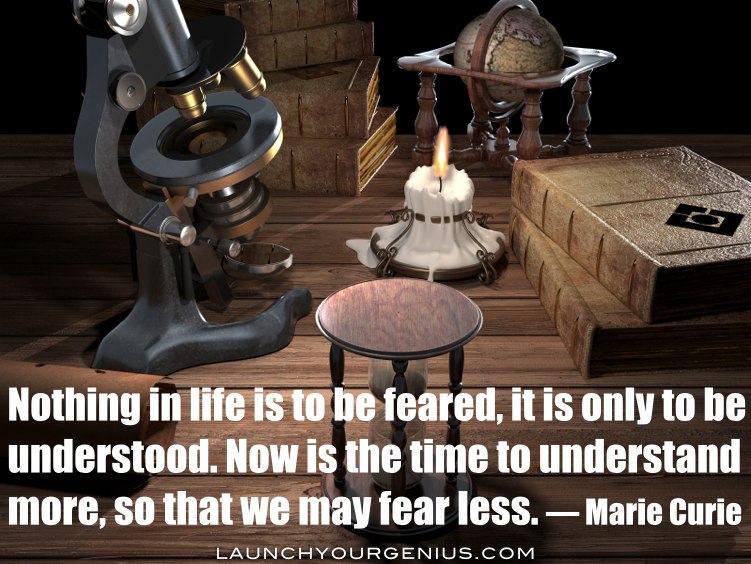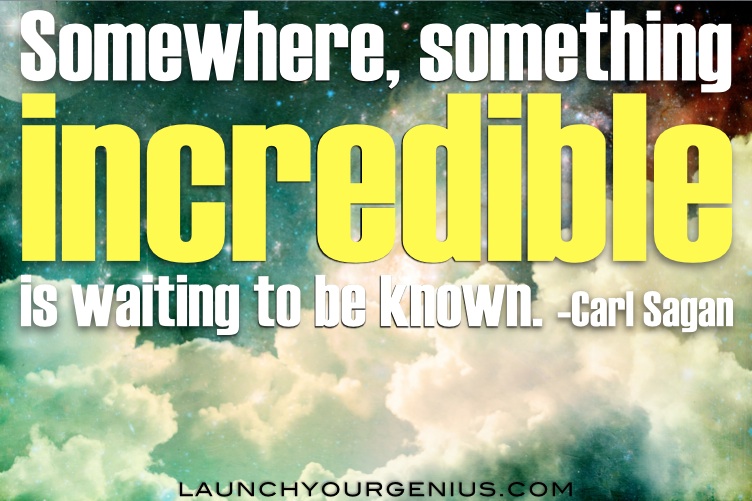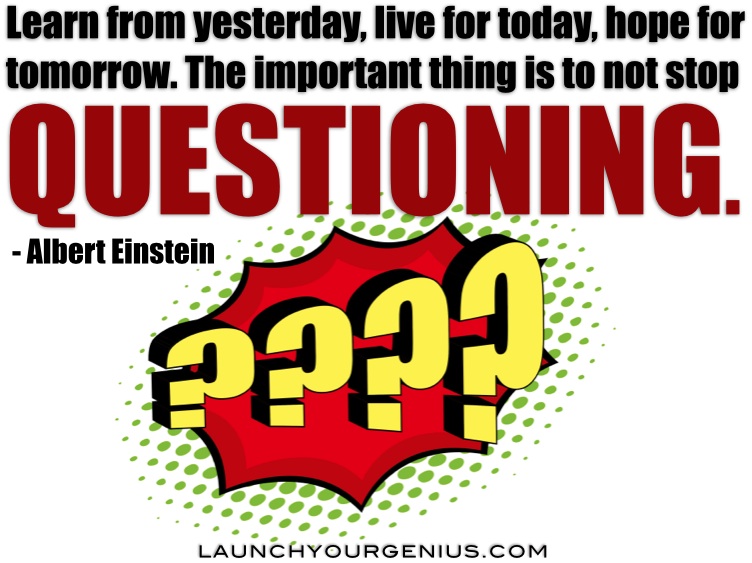“For me, I am driven by two main philosophies: know more today about the world than I knew yesterday and lessen the suffering of others. You’d be surprised how far that gets you.” ― Neil deGrasse Tyson
A scientist walked into his laboratory in London after a two-week vacation with his family in 1928.
Among the usual cluttered bench tops were a stack of culture plates that were sitting in a sink in the corner.
Normally culture plates are used to grow different types bacteria for experiments. In this case, he observed that his culture plates got contaminated with what appeared to be a mold.
This should have been an uneventful laboratory morning. Usually it resulted in the scientist tossing the plates away because they were useless for his work.
Not this day. The scientist observed the plates with interest because the plates got contaminated with a mold that inhibited bacterial growth.
The bacterial cultures that he was growing developed halos or areas of no growth around the mold.
A hypothesis jumped into the mind of the scientist, Sir Alexander Fleming.
He hypothesized that the mold, Penicillium was producing an anti-bacterial substance.
Fleming had great prior interest in anti-bacterial substances and in curing bacterial diseases.
On this fateful day, the accidental discovery of a rapid and effective antibiotic changed the course of history.
Even though this event was an accident, it was the observation and reasoning skills of Fleming that made the discovery possible.
We have all heard of the scientific method.
The scientific method is a series of steps to discover, implement and test out something new.
Sounds familiar? Yes, the similarities between innovation, success and the scientific method are striking.
Yet, the scientific method is not just a series of steps to achieve a goal.
It is a way of life and a powerful method to solve problems and can be a fuel to great productivity.
The scientific method consists of the following steps:
1. Observation And Asking Questions
2. Stating Potential Hypotheses
3. Conducting Experiments And Data Production
4. Data Analysis or analyzing the results
5. Conclusion or Data Interpretation
6. Repeat Steps Above based on conclusions
7. Peer Review Or Feedback
Step 1: The Purpose Stage Or Asking The Right Questions And Observing
“Somewhere, something incredible is waiting to be known.” ― Carl Sagan
In science, keen and unbiased observation is the first and most significant of the steps.
Scientists know that their answers can only depend on the quality of the questions asked.
This is the stage where you solidify the “why” you are doing something.
Without a powerful reason or purpose to go after a problem, your efforts may just fizzle away.
A case needs to be made for keen observation here. You may wonder why your efforts are not paying huge dividends.
After you establish a purpose, you need to observe the available elements of the starting point.
If you are in too much of a hurry to get things done, you may miss key elements that will allow you to solve your problems better.
Action Tips:
Become a better observer by looking at the problem from different perspectives.
Ask the “why” question. A solid “why” will keep you motivated and on target.
A fuzzy “why” will dilute your productivity efforts.
Make a bug list of things that bother you to find possible solutions to those pesky problems.
Become curious and ask questions: Why, what, where, how and when.
“Research is to see what everybody else has seen, and to think what nobody else has thought.”-
Albert Szent-Györgi
Step 2: Many Hypotheses
“Nothing in life is to be feared, it is only to be understood. Now is the time to understand more, so that we may fear less.” ― Marie Curie
One of the hidden strengths of science is the ability to form many hypotheses and test them out for effectiveness.
A hypothesis is a possible explanation or a good guess for the questions you are asking or the problems that you are trying to solve.
The risk is that you may get attached to one approach while you are trying to complete that project.
And when you confront a problem, you work harder and hope the approach will work.
Spinning your wheels faster is not always a great solution. Instead, form many hypotheses and pathways to your final solutions.
Social medial customer engagement or driving blog traffic are great examples.
Form a hypothesis like having an interactive competition on your social channels will increase customer engagement.
The question that you need to answer:
Do you have a backup plan or an alternate hypothesis if your primary hypothesis of customer engagement does not work for you?
Having no backup plan is a major problem in productivity.
We read or learn that a particular method should work in our case and develop a hypothesis.
When it does not work for our case, we stick to it for too long.
Instead of moving on to the next hypothesis and testing that out, we spin our wheels trying to make things better.
It is usually a fine art to know when to continue and when to let go of things.
But science provides an effective solution.
Test out the alternate hypotheses rapidly.
Action Tips:
1. Do you have backup plans and alternate hypotheses if your main one does not work out?
2. Are you attached to one way of doing things? Are you spinning your wheels?
3. Make rapid testing and moving to alternate hypotheses a way of life to supercharge your productivity.
Step 3: Experimentation
“A thinker sees his own actions as experiments and questions–as attempts to find out something. Success and failure are for him answers above all.” ― Friedrich Nietzsche
This is the action stage of quickly implementing and testing out your hypothesis by actual field experiments.
You need to ask several key ACTION questions in this stage:
A. Do you have the right tools for your work?
Remember that the early microbe hunters used crude microscopes and could not see microorganisms like the viruses because they could not resolve them.
Your productivity and your work quality depends on the efficacy of the tools that you are using.
If you need better and quicker tools, you need to make a change.
B. Do you have the right environment?
If your laboratory does not have the setup to conduct your experiments, you will fail.
If your work does not have the supporting environment, your productivity will greatly suffer.
C. Are you managing and timing your projects effectively?
Are you giving enough time for your experiments to work out or are you pulling the plug too soon?
Do you rapidly conduct your experiments or are you getting stuck in analysis paralysis?
D. Are you attempting to get the best possible results and maximal productivity? Or are you unknowing skewing the experiment by the observer bias?
In science, the observer bias may skew or alter the results of an experiment.
This happens due to the subtle biases that observers hold towards a particular experimental method or outcome.
E. Another important question to ask at this stage: Is your experimental design effective?
Scientists always include controls or yardsticks that they can measure their treatment conditions against.
For example, if you are screening for anti-cancer compounds, you will include a negative control or some substance that you know will not work.
Ask if you are including controls or something to measure against in your work.
A positive control can be something that you know works or someone who is doing something and is being productive or a role model.
A negative control is something or someone who you know gets little done and uses techniques that do not seem to be effective.
Step 4. Data Analysis
“I suppose it is tempting, if the only tool you have is a hammer, to treat everything as if it were a nail.” ― Abraham Maslow
You have done your experiments in support of your hypothesis and have received results.
Now is time to analyze if your productivity is paying off big time.
Staying unbiased, encouraged and enthusiastic with your results is important in this stage.
The great thing about science is that every failed experiment builds up ways of how not to do something or how not to approach a hypothesis.
If you data is not encouraging, you know what you need to avoid and do differently next time.
Action Tips:
1. Frequently analyze your results and see if you are accomplishing your goals and metrics.
2. Be aware of bias and admit your mistakes to learn from failed experiments.
3. Allow failed experiments to be a stepping-stone for further analysis and alternate hypothesis testing. Let go of the mental charge and doubt associated with failure.
Step 5. Conclusion and Interpretation
“We especially need imagination in science. It is not all mathematics, nor all logic, but it is somewhat beauty and poetry.” – Maria Mitchell
Based on the efficacy of your results, you may come to several conclusions. Often in science, conclusions pave the way to new questions and further testing.
This stage should not become a finality because this is where you interpret your results and look for new directions.
Adopt an attitude of “kaizen” or constant improvement in your productivity and in your projects.
Action Tips:
1. Come to definite and understandable conclusions from your work.
2. Ask new questions based on the answers that you have received.
3. Adapt an attitude of “kaizen” or constant improvement.
Step 6: Repeat, Persevere Or Pivot
“Learn from yesterday, live for today, hope for tomorrow. The important thing is to not stop questioning.” ― Albert Einstein
This stage of the scientific method is like the “pivot or persevere” part of Eric Ries’s Lean Startup method. Ries outlines Build, measure and Learn as a basic loop for successful startups.
As you get the results, you decide to keep going or pivot.
The scientific method gives you results and conclusions that will allow you to further test your hypothesis.
You may also choose to pivot and begin an alternate hypothesis.
The key to your productivity is the willingness to test out alternate hypothesis or re-testing the primary hypothesis with the results you have received.
This is like fine tuning an engine or a software program to work better after an initial possible buggy beginning.
Action Tips:
1. If you are receiving great results, stick with your main hypothesis and persevere.
2. If not, make rapid testing of other hypotheses a priority.
Step 7: Peer Analysis And Publishing
“If I have seen further than others, it is by standing upon the shoulders of giants.”– Isaac Newton
Peers assess if science experiments and conclusions are repeatable and verifyable.
An essential part of your productivity cycle involves the quick launching and receiving feedback. Your peers and others in your work are in a position to give valuable suggestions.
Many people follow all the steps of productivity outlined before but get cold feet at this stage.
They feel like their work is “not good enough” and wait precious months and years fine-tuning it without any feedback.
This strategy usually backfires because it is likely that anything that gets put off to become “perfect” will never launch.
It is critical that you launch your product and receive feedback and suggestions on it to receive a framework for improvements.
Action Tips:
Make quick product and project launches a habit and not an exception.
Receive meaningful feedback and implement changes rapidly.
Keep your published work and projects current by pushing updates and including relevant changes.
“As soon as man does not take his existence for granted, but beholds it as something unfathomably mysterious, thought begins.” – Albert Schweitzer
Now over to you!
What is working well for your productivity?
Is there any tip that you would add to the above list?
I would love to hear your thoughts in the comments below!







Comments